-202403121604.gif)


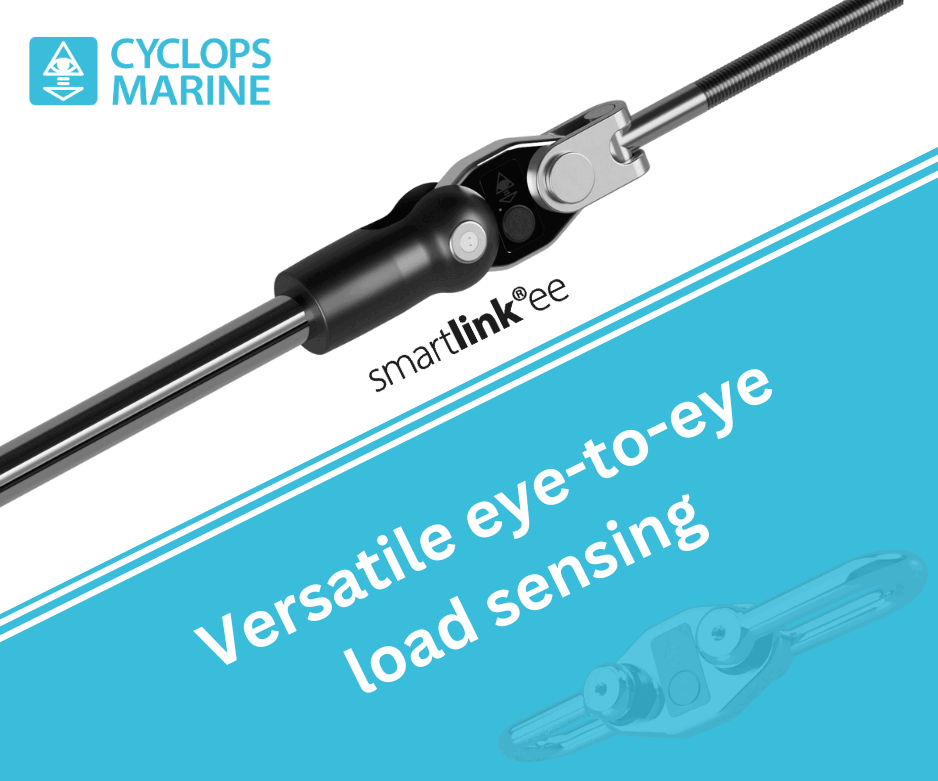


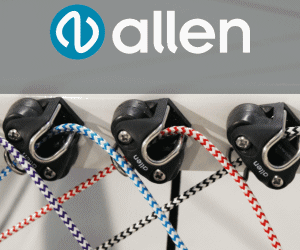

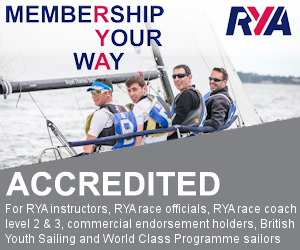

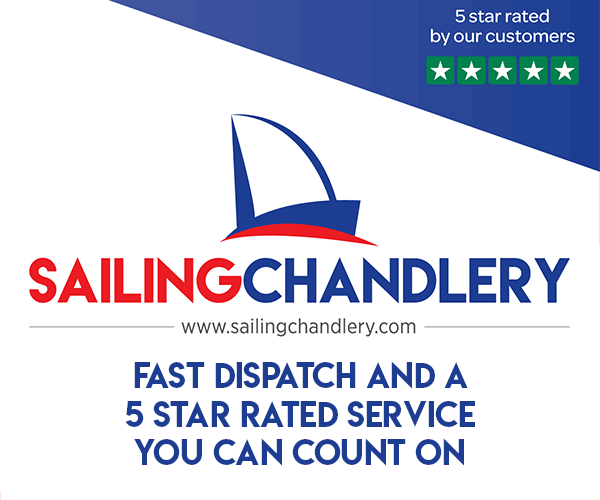
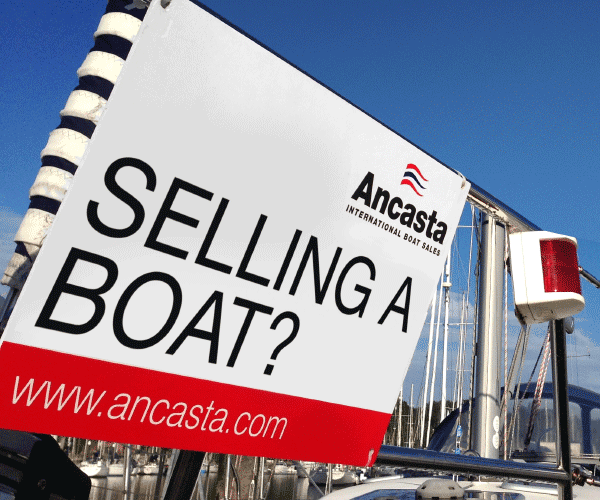
-YandY-202303241230.gif)
| Laser XD 203301 Upminster |
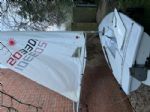 |
| J24 (Sail No. 4239) Dartmouth |
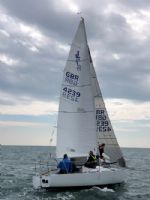 |
| Musto Skiff 628 Derwent Reservoir |
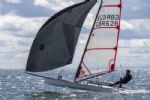 |
List classes of boat for sale |
Daggerboard - use of? |
Post Reply 
|
Page <12345 6> |
| Author | |
mike ellis 
Really should get out more 
Joined: 30 Dec 05 Location: United Kingdom Online Status: Offline Posts: 2339 |
 Post Options Post Options
 Quote Quote  Reply Reply
 Topic: Daggerboard - use of? Topic: Daggerboard - use of?Posted: 17 Sep 08 at 7:16pm |
|
GRF: I think one major problem with getting rid of the board on a dinghy would be that suddenly you would find you couldn't steer the boat. A board with only a fin is steered by carving on the rails, I'm not entirely convinced that the chines on a dinghy would be sufficient to provide a similar effect. I'm sure you've noticed in your sailing that tipping a boat creates steering in the opposite direction you get from tipping a board the same way, wether this is to do with hull shape or something i haven't a clue. I know that untill i worked out that I had to equate windsurfing to snowboarding not sailing in terms of steering i couldn't get the board to go the way i wanted it to go, so I'm not sure how you will steer a boat without a board using only the rudder. I would be very interested to see the results of putting a sliding mast foot on a dinghy and trying your theory but it would be a lot of engineering. The only way i can see of doing it would be to slide mast, stays, and sheet lead positions all together, basically have a sliding frame with all the gubbins on it inside a hull to float the whole lot. If you ever do get round to it I would love to see the results. |
|
|
600 732, will call it Sticks and Stones when i get round to it.
Also International 14, 1318 |
|
 |
|
G.R.F. 
Really should get out more 
Joined: 10 Aug 08 Location: United Kingdom Online Status: Offline Posts: 4028 |
 Post Options Post Options
 Quote Quote  Reply Reply
 Posted: 17 Sep 08 at 7:26pm Posted: 17 Sep 08 at 7:26pm |
Well, at the time I did, we used to have only vertical 'dagger'boards, we had them made by people like Phil Milanese and lots of other similar foil builders, there were lots more in those days. They would replace the pivoting centreboard that production boards came fitted with but were very inefficient. We also had narrower "high wind" foils built, 'storm' swept back foils and a variety of shapes designed to try and make those early single slot sailboards viable in winds above 4-5, most failed. Like vertical fins on raceboards, foils do not like the bottom of the foil ahead of the top of the foil and this is what happens as the nose lifts in any craft with a degree of rocker, the foil resists, keeps the nose down. Many a 'flappy nosed' sailboard cn be controlled with a more vertical fin/foil, as often many a 'nose down' board can often be released with a more swept back fin. It has to be the same with boats. All the time the foil stays in its vertical axis, every time the nose lifts, gets bumped up by a wave or the spinnaker, the bottom of the foil will advance ahead of the top and there will be an opposing reaction to lever itself back into the vertcial axis. So sweeping the plate back a bit corrects this tendency. Then there is the forward facing surface which creates drag, sweeping it back reduces that element. So those are the main points for sweeping it back rather than lifting it up although I do tend to accept the points your sketch illustrates, but it didn't help much with sailboards. I will dwell on the final reason sweeping back worked, and that was steerage, as you know, sailboards are controlled by moving the rig, and or foot weighting of the rail. With the plate down you weight the windward rail, much as you would gybing a boat, and the fin interacts around the plate. Without the plate, you weight the inner rail, rather like a water skier slalom turning and with practise in strong winds you turn fast without dropping off the plane. The day is yet to dawn when we can do that in the boat, we're close, but so far we have always gone displacement before we're sheeted in on the new tack even with a wave helping us. Edited by G.R.F. |
|
 |
|
Black no sugar 
Really should get out more 

Joined: 04 Dec 04 Location: Somewhere between Brighton and Lancing Online Status: Offline Posts: 3941 |
 Post Options Post Options
 Quote Quote  Reply Reply
 Posted: 17 Sep 08 at 7:28pm Posted: 17 Sep 08 at 7:28pm |
|
So, now Captain Morgan is totally confused (he won't install a sliding mast foot or apply so much amount of rake on a Wayfarer), it's time to give a quick update. If you're sailing in a club where there are other boats of the same class, ask the good guys and do what they're doing. Once you get the hang of it, you can decide to be radical...
(Sorry, I'm not far from being a total beginner and I got lost by the end of page 1). |
|
 |
|
G.R.F. 
Really should get out more 
Joined: 10 Aug 08 Location: United Kingdom Online Status: Offline Posts: 4028 |
 Post Options Post Options
 Quote Quote  Reply Reply
 Posted: 17 Sep 08 at 7:38pm Posted: 17 Sep 08 at 7:38pm |
|
Personally I've never been of the opinion that because a person is labelled
'beginner' they are bereft of basic intelligence. I still consider myself a beginner, it doesn't mean I don't want to learn everything there is to know about my new chosen sport. And if that means information swap and shared similar experiences, why deny people that opportunity? You can always skip reading the post. If that is you're not just on the look out for something to complain about. |
|
 |
|
NickA 
Really should get out more 
Joined: 30 Mar 05 Location: United Kingdom Online Status: Offline Posts: 783 |
 Post Options Post Options
 Quote Quote  Reply Reply
 Posted: 17 Sep 08 at 8:46pm Posted: 17 Sep 08 at 8:46pm |
|
Doesn't a windsurfer "carve" when planing due to the rocker of the board rather than due to the lack of a centre board? Thought you put the board up to reduce the lift rather than change the steering characteristics. I'd love a dinghy that carved round corners like skis or a snowboard, but I guess it would need a very flat bottom, lots of rocker and the ability to come very high out the water when planing ........... or hydrofoils even. . |
|
|
Javelin 558
Contender 2574 |
|
 |
|
G.R.F. 
Really should get out more 
Joined: 10 Aug 08 Location: United Kingdom Online Status: Offline Posts: 4028 |
 Post Options Post Options
 Quote Quote  Reply Reply
 Posted: 17 Sep 08 at 8:57pm Posted: 17 Sep 08 at 8:57pm |
Well it carves due more to the introduction of the lee edge than the rocker per se, given some boards have a straight rocker for example. But they wouldn't carve with a plate down. What would happen, the moment you tilted the board over, the foil would try to climb to the surface a la foil-foil like foilers, if in fact the board was even still planing, the plate would slow it down on the turn also. |
|
 |
|
tmoore 
Really should get out more 
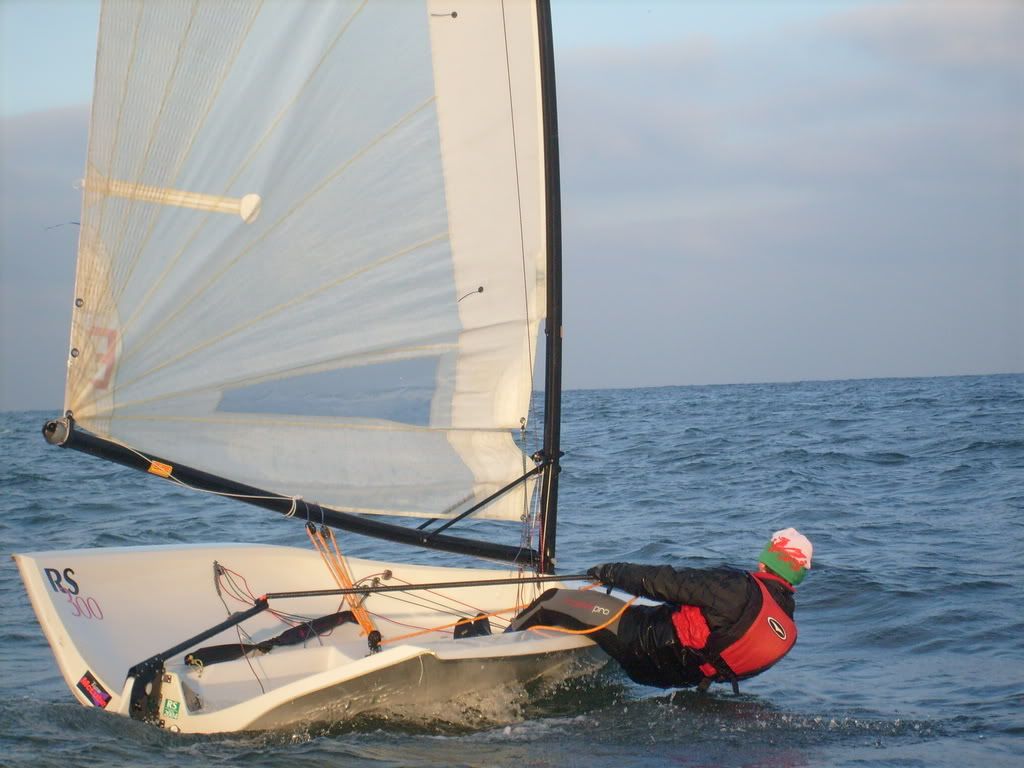
Joined: 01 Nov 07 Location: Wales Online Status: Offline Posts: 880 |
 Post Options Post Options
 Quote Quote  Reply Reply
 Posted: 17 Sep 08 at 10:10pm Posted: 17 Sep 08 at 10:10pm |
|
i think what GRF is saying is that the turning circle needed for a carve gybe is greater than the distance that occurs when gybing a boarded boat (because the boat pivots around the board). i think thats it in plain english. but i really am not sure myself

|
|
|
Landlocked in Africa
RS300 - 410 Firefly F517 - Nutshell Micro Magic RC yacht - Eclipse |
|
 |
|
Medway Maniac 
Really should get out more 
Joined: 13 May 05 Location: United Kingdom Online Status: Offline Posts: 2788 |
 Post Options Post Options
 Quote Quote  Reply Reply
 Posted: 17 Sep 08 at 11:06pm Posted: 17 Sep 08 at 11:06pm |
|
GRF, I'm sure the effects of introducing sweep or not into a centreboard on a sailboard are just as you claim, but your explanation of why it works doesn't fit in with any aero-, hydro-dynamic theory that I'm aware of. The fundamental difference between the way sailboards and boats steer when the hull is canted (heeled), is surely that in the case of a dinghy the rig heels too, while in the case of a board the angle of the rig is independent of the heel of the hull. People always go on about a dinghy hull steering a boat when it heels 'because the chines dig in' or whatever, but at least at low speeds the steering effect is entirely explicable because of the movement of the centre and line of effort of the rig in relation to the location and direction of the drag. Imho, the steering effect of a dinghy hull is very much secondary to the rig effects, at least until very high speeds when the hull forces possibly increase in significance. |
|
 |
|
Black no sugar 
Really should get out more 

Joined: 04 Dec 04 Location: Somewhere between Brighton and Lancing Online Status: Offline Posts: 3941 |
 Post Options Post Options
 Quote Quote  Reply Reply
 Posted: 17 Sep 08 at 11:30pm Posted: 17 Sep 08 at 11:30pm |
|
Sorry GRF, I didn't mean to sound as though I was complaining or implying that a beginner was bereft of basic intelligence. I was only trying to put the conversation into perspective and bring an easy solution to Captain Morgan's puzzlement when he's next on the water. All this debate about friction and wetted area etc. is nothing short of fascinating but I was just being practical. If someone's lacking intelligence, it must be me. Spare me the acerbic comments, I won't understand them anyway. |
|
 |
|
G.R.F. 
Really should get out more 
Joined: 10 Aug 08 Location: United Kingdom Online Status: Offline Posts: 4028 |
 Post Options Post Options
 Quote Quote  Reply Reply
 Posted: 17 Sep 08 at 11:59pm Posted: 17 Sep 08 at 11:59pm |
Well BNS is right in so far this is a beginner thread and although I have been trying to illuminate in generalities, once you start on the Aero & Hydro dynamic theory and a lot of it is still theory, from what I can deduce from the countless hours of study in this internet place of joy, vying Bernouilli with Attack Angle thinking, it begins to get complicated. All i can say with a degree of practically tested veracity and you'll just have to trust me on this, is that foils need their foil to operate within the fluid they operate, be that air or water with the tip parallel to or slightly aft of the head and they will fight hard to remain that way. Put the tip ahead of the head and they become prone to stall, try it some time, if you can jiggle your plate so the bottom is further forward than the top, they don't like it. As to steering dinghy's, I'm no expert even with the stick thing they give you that jams against the hull or gets tangled up with rope when you need it most, so I bow to your greater knowledge although i can't say I've noticed any great 'hull steering effect'. |
|
 |
|
Post Reply 
|
Page <12345 6> |
| Forum Jump | Forum Permissions  You cannot post new topics in this forum You cannot reply to topics in this forum You cannot delete your posts in this forum You cannot edit your posts in this forum You cannot create polls in this forum You cannot vote in polls in this forum |
Copyright ©2001-2010 Web Wiz
Change your personal settings, or read our privacy policy











 Printable Version
Printable Version Delicious
Delicious Digg
Digg Facebook
Facebook Furl
Furl Google
Google MySpace
MySpace Newsvine
Newsvine reddit
reddit StumbleUpon
StumbleUpon Twitter
Twitter Windows Live
Windows Live Yahoo Bookmarks
Yahoo Bookmarks Topic Options
Topic Options

